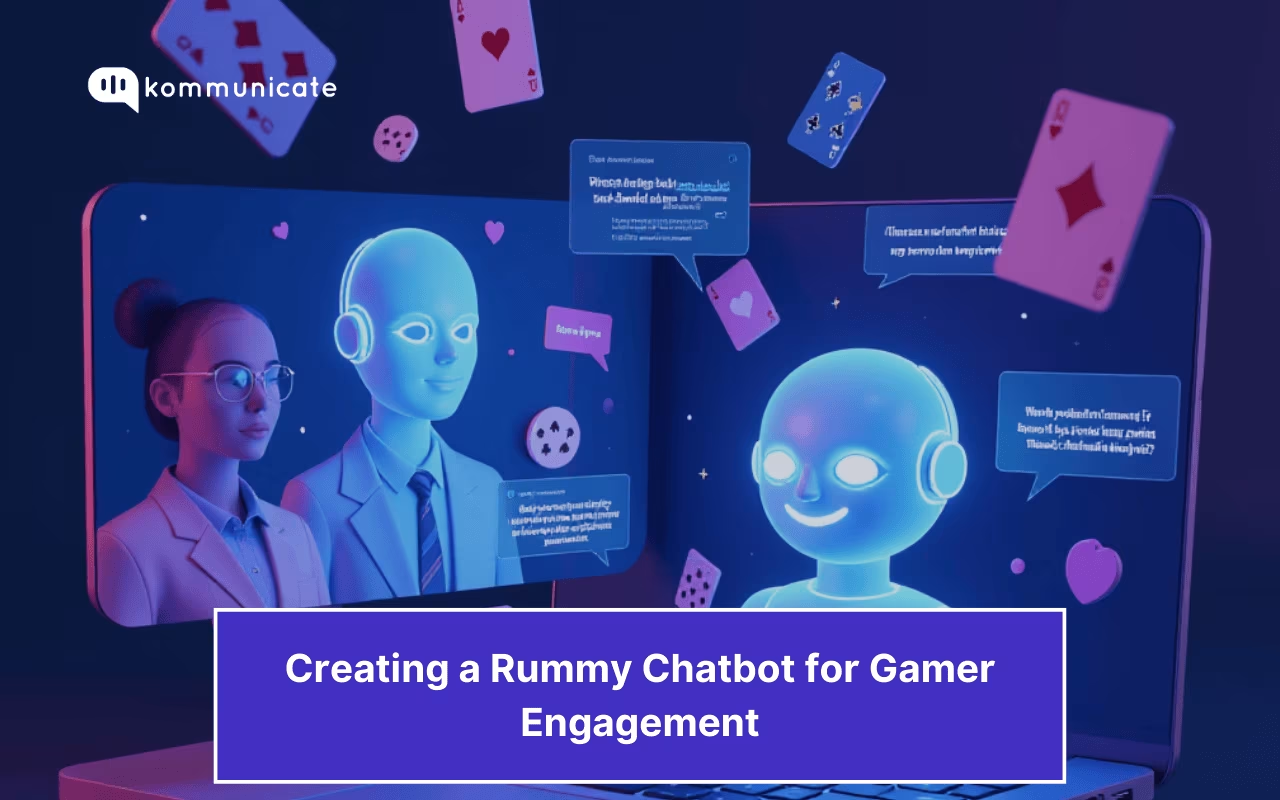Updated on January 15, 2025
Email marketing and chatbots both play significant roles when it comes to automating your marketing campaigns. Having a formidable strategy to integrate chatbots into your campaigns will not only enhance your customer experience but will also improve your conversions.
For instance, a Facebook survey revealed that over 50% of customers claimed they would like to shop from businesses they can interact with via chat. In the coming years, most of the engagement between businesses and customers will be automated-no human involvement.
In this article, we’ll explore how leveraging chatbots can boost your email marketing endeavours:
1. Chatbots enhances lead generation
Lead generation and nurturing are essential processes of many businesses as without those, there would be no sales. Integrating email marketing and chatbots can boost your lead generation and bring the whole user experience to another level, which can definitely increase conversions. Additionally, using lead scoring tools like Marketo will help you qualify and rank your prospects more effectively. When these complement each other, these can help you warm your leads before you send them emails; thus boosting your conversion significantly.
Customize user experience
The conventional conversion process has a generic form or a CTA button requesting visitors to drop names, emails, phone numbers, and other details. The truth is, forms and the process of filling them can be entirely boring and ineffective sometimes when customers have no time to fill a long-form. With a conversational bot, you can inject human touch into your conversion process. You can rest assured that each visitor is getting a customized experience.
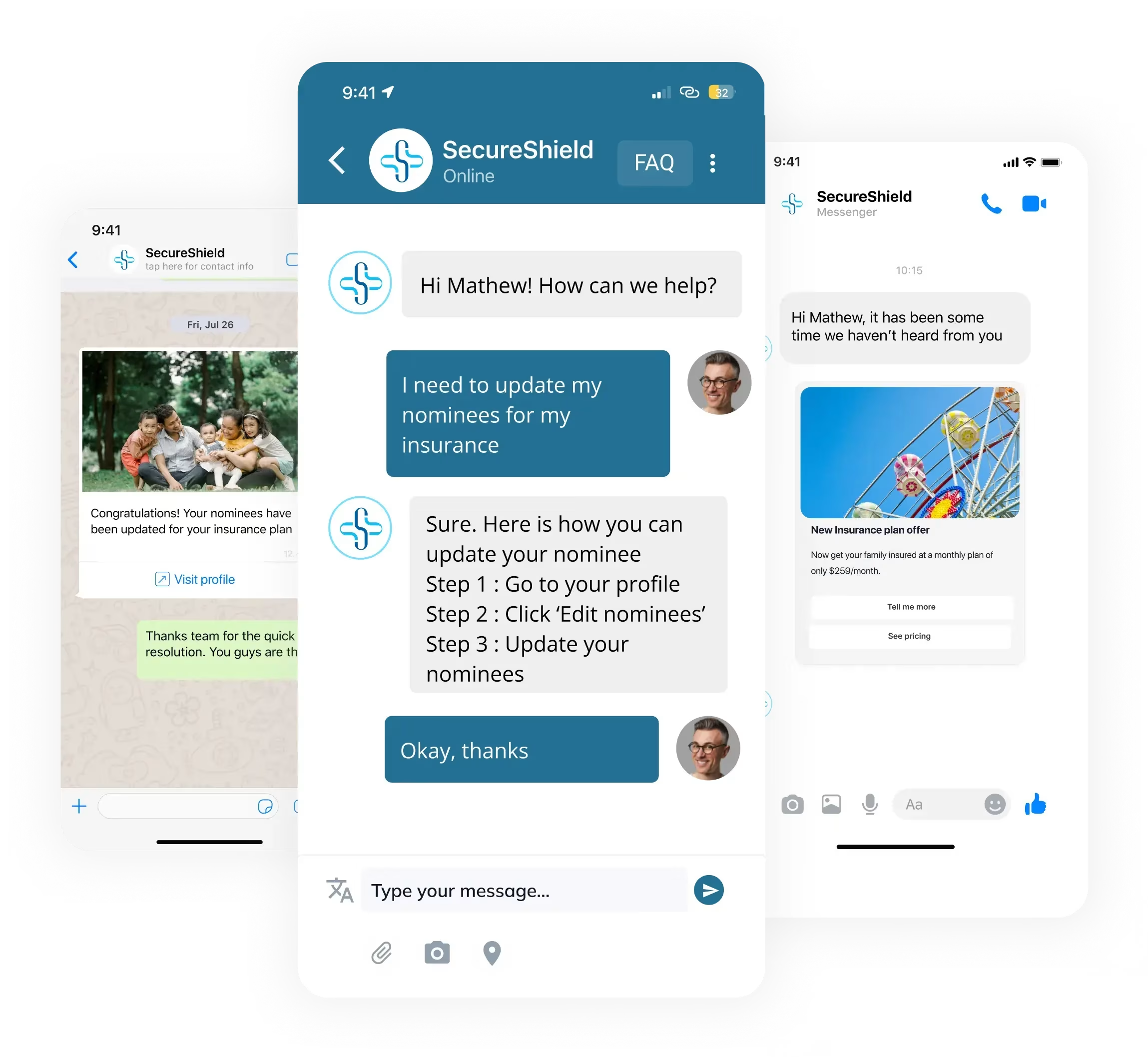
Increased Engagement
Chatbots became an integral part of modern landing pages as it is not enough to just design a beautiful looking website and write a compelling copy. Users started to value user experience and even a slight difference in user experience can determine a competitive winner. Chatbots can deliver the relevant data visitors seek by simply interacting with them. They can keep them engaged and convinced that your product is the best fit for their requirement.
2. Chatbots support hyper-personalization
The future of email marketing is hyper-personalization. Security plays a huge role in email marketing, so make sure to do a quick DKIM check for extra safety. It’s like predicting users’ thoughts and crafting hyper-personalized emails that solve their challenges, douse their doubts, and address their pain points.
You have just 8 seconds to touch a visitor. Here are four ways chatbots can help with hyper-personalized email marketing campaigns:
Data collection
Starbucks for instance has mastered how to source data of the 19 million active subscribers of its application to understand user behaviours. One of the ways they achieved their personalization effort is by investing in the right tools. How do you know customers without data- who they are, what they need, and how to address their pain points? Chatbots can source data engagingly and excitingly as against the tedious, generic filling of forms.
Customer Segmentation
With a volume of data in your hand, you need to group customers based on age, interest, average spend, demographics and write a professional email that resonates with their needs.
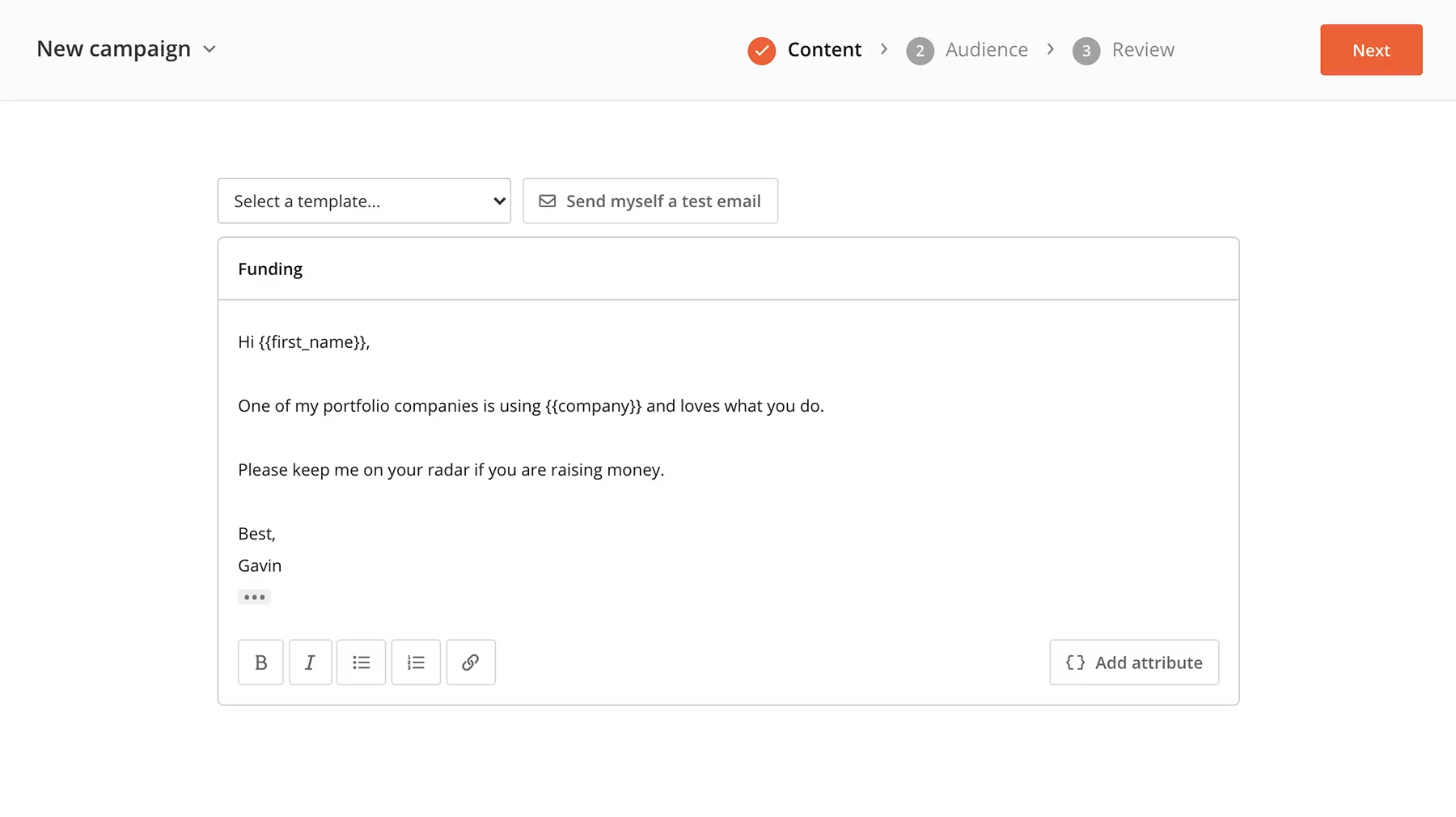
Targeted Journeys
Chatbots can create segments and identify customer needs via conversation. They can as well help you design targeted journeys to boost your lead conversion rates.
As chatbots continue to improve, hyper-personalized messaging will redefine how marketers improve the customer experience. Chatbot personalization will also help visitors achieve everything they need while interacting with your business app or website.
3. Use chatbots as a reminder for unopened email
Sometimes, your visitors are too busy that they forget to revert to your emails. You can leverage chatbots as a reminder in case there are unopened emails. For instance, if you are running a promo and want everyone in your email list to participate, you can use chatbots to manage your campaigns and remind customers of unopened emails in their inboxes.
While crafting a reminder email, you need to ensure it has compelling subject lines and CTAs since these factors can boost the open and conversation rates of the email. Coupled with that, you need to start and end the email the right way and also know the best time to send the email.
Starting your reminder email
How you start a reminder email matters. It determines how your recipient will respond to it. You need to know when to go casual, formal or salesy and to what extent.
People receive a lot of emails in a day and the email you send to them could be skipped. They may postpone sending you a reply, and end up forgetting. This emphasizes the importance of a reminder email which gives you a 65.8% chance of getting a reply from the recipient.
A reminder email should be sent only when it is necessary, and 3 emails sent at intervals of 2 – 5 days are enough. Here is how to craft a good reminder email
Highlight the value of the email
As shown in the image above, Donald reminded his recipient, Stephanie, of the first email he sent. This is a good refresh of the memory of the receiver and to notify her that a previous mail on the subject matter was sent to her.
Make the subject and the opening line of the email catchy
Your subject and your email opening lines should be attractive enough to catch the attention of the reader. Start with a question or a line to establish a mutual connection or the recipient’s problem. The subject could take the following formats;
- Just 2 days left
- Do you remember our last conversation?
- It is not late yet.
Let your opening line also give the recipient a hint of what the email is about. Here is how to craft a good follow up email.
Ending your reminder email
Now that you have typed a great email, it matters to create an ending that makes your reader stay glued to your brand.
Your email ending goes beyond adding an email signature. In fact, a signature is only one out of the three important elements your email ending should have. You also need a closing thought and a good sign-off.
You should wrap up with enthusiasm or gratitude, depending on your reason for sending the email. The end expresses the main reason for the email. You can end with gratitude such as “Thanks in anticipation of your favourable response. We look forward to having you around.” and “We really can’t wait to have your first order!”. You can also end with a question such as “Don’t you think this would make your life easier?” or “Would you like to jump on a call with us to get started?”.
After this, you can finally wrap up with a closing remark using “Warm/Best/Kindest regards” or “Sincerely”, followed by your name and probably, your portfolio and contact details.
4. Automate customer communication through omnichannel support
One of the most significant use cases of chatbots in customer communication is omnichannel support. For instance, modern chatbot solutions such as Kommunicate, offer smart customer support from one dashboard. That means, that you can easily access all customer communication from one place, and utilize the real power of omnichannel communication.
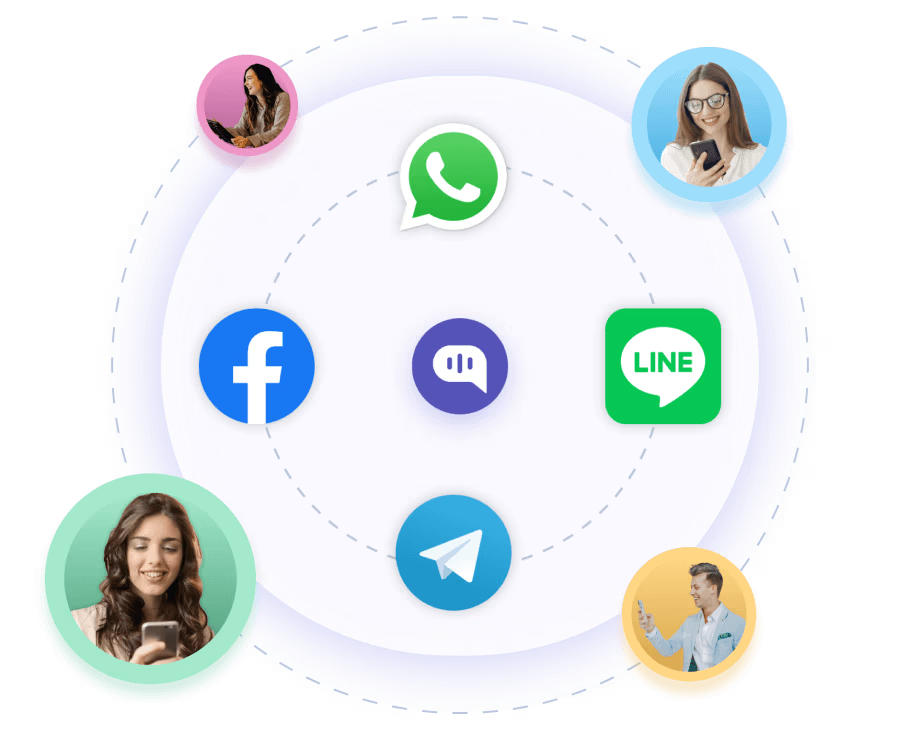
One of the most significant use cases of chatbots in email marketing is data capture. For instance, if a potential customer converses with your chatbot, the bot can request email addresses politely and automatically without being intrusive.
5. Nurture warm leads
It is not enough to generate leads; you need to nurture them until they become returning customers and brand ambassadors. To achieve this, you need an intelligent and proactive customer service system. Chatbots can manage your customer support, optimize the customer journey and assist you with lead nurturing.
Here are ways chatbots can help nurture warm leads:
Data aggregation and analysis
Chatbots can personalize content to meet the needs of different segments of your customer base. It can also extract data during conversations and analyze them via the backend algorithms.
Lead identification
Every interaction between a customer and a business does not qualify as a lead. This is where you need a chatbot to figure out specific patterns and implement lead segregation.
Customized Data Aggregations
Conventionally, businesses create a landing page with generic and boring forms for visitors to fill. This has been proven to be an ineffective way of gathering data. Aside from being a tedious process for customers, it is a lot of tasks for the marketing team who needs to identify and segregate the data. A chatbot can perform data aggregation faster and efficiently.
Hybrid Customer Support
While customer support remains a significant touchpoint in your customer’s journey, you need an effective one to optimize lead nurturing. Chatbots can provide initial resolutions and redirect customers to human support staff for expert advice.
Conclusion
A chatbot is a seamless and efficient way of interacting with customers. It can serve several purposes- from supporting lead generation, lead nurturing, hyper-personalization, automation of email campaigns.
There is no doubt that chatbots can revamp and optimize your email marketing campaigns in 2025.
At Kommunicate, we are envisioning a world-beating customer support solution to empower the new era of customer support. We would love to have you on board to have a first-hand experience of Kommunicate. You can signup here and start delighting your customers right away.

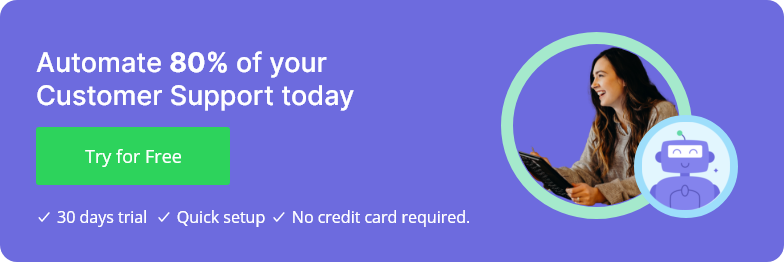
![What is Conversational Intelligence [Benefits + Features] cover image of conversational intelligence.](https://www.kommunicate.io/blog/wp-content/uploads/2025/04/Featured-Images-1-1-1.avif)

